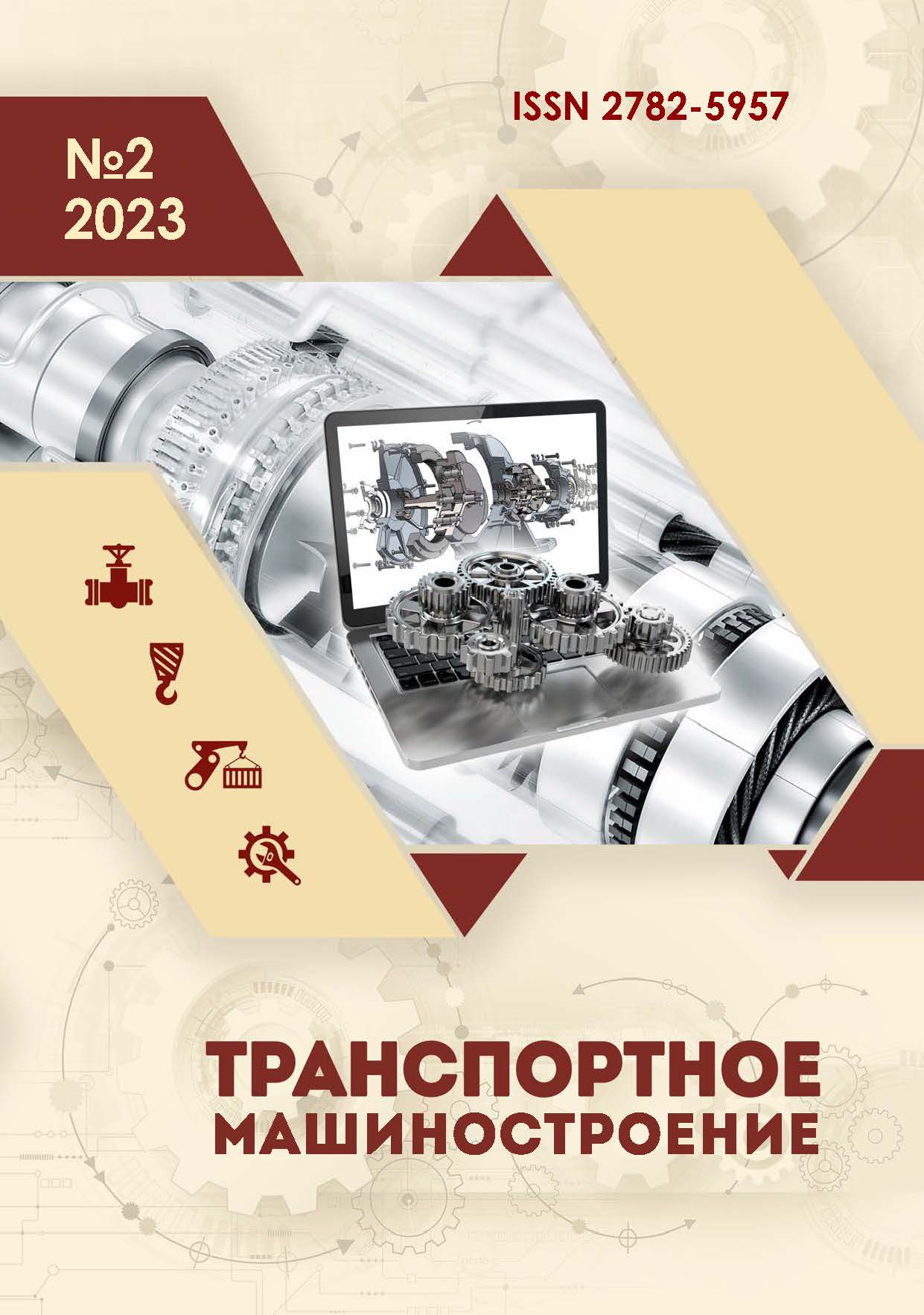Rostov-on-Don, Rostov-on-Don, Russian Federation
Rostov-on-Don, Rostov-on-Don, Russian Federation
Rostov-on-Don, Rostov-on-Don, Russian Federation
Rostov-on-Don, Rostov-on-Don, Russian Federation
Rostov-on-Don, Rostov-on-Don, Russian Federation
VAC 2.3.7 Компьютерное моделирование и автоматизация проектирования
UDK 621.9 Обработка резанием (снятием стружки).Резка (разделительные операции без образования стружки).Дробление и измельчение.Обработка листового материала.Изготовление резьбы и т.д. Способы (технология), инструменты, машины и приспособления
UDK 539.621 Трение скольжения
BBK 345 Общая технология машиностроения. Обработка металлов
The study objective: modeling of the temperature distribution along the front surface of the lathe cutter for a given moment of the cutting system evolution. The problem to which the paper is devoted. To evaluate the influence of the geometric parameters of the secondary plastic zone of on the characteristics of the temperature distribution for the front surface of the lathe cutter. Research methods. Geometric parameters of the plastically deformed layer are defined by digital modeling of contact processes by the finite element method. Some initial data for computer modeling and subsequent verification of its results are carried out on the basis of a full-scale experiment with longitudinal turning of a work piece made of stainless steel 12X18H9T with a T15K6 solid-alloy plate. The novelty of the work. Prediction of the temperature on the cutter front surface for a given moment of the cutting system evolution based on a scientific approach of using hydrodynamic analogies to the evaluation of deformation processes in the machined material and combined data of a full-scale and digital experiment. The study results. By means of a digital experiment, the boundaries of the secondary plastic zone in the chip are determined, then a temperature distribution curve is made on the cutter front surface in two variants: for variable and for a constant average thickness of the deformed layer. It is found that the average value of the contact temperature in both cases differs slightly and agrees well with the results of the full-scale experiment. The difference between the maximum temperature values is significant: with a variable layer thickness, the calculated temperature is 11% lower than for the variant with a constant value of this parameter. Conclusions: to calculate the average temperature in the secondary plastic zone, the average value of the deformed layer thickness can be used. In the case of solving problems related to determining the maximum temperature in the cutting zone, it is advisable to take into account the change in the thickness of the plastically deformed layer in the chip along the cutter front surface.
temperature, cutting, steel, turning, deformation
1. Patel KV. Physics-based simulations of chip flow over micro-textured cutting tool in orthogonal cutting of alloy steel. Journal of Manufacturing and Materials Processing. 2021;5,65.
2. Botkina D. Digital twin of a cutting tool. Procedia CIRP. 2018; 72:215218.
3. Thangarasu SK. Tool wear prediction in hard turning of EN8 steel using cutting force and surface roughness with artificial neural network. Journal of Mechanical Engineering Science. 2019;234: 329342.
4. Dahbi S. Modeling of cutting performances in turning process using artificial neural networks. International Journal of Engineering Business Management. 2017;1.
5. Ahmed W. Estimation of temperature in machining with self-propelled rotary tools using finite element method, Journal of Manufacturing Processes. 2021;61:100110.
6. Veiga F. Analytical thermal model of orthogonal cutting process for predicting the temperature of the cutting tool with temperature-dependent thermal conductivity. International Journal of Mechanical Sciences. 2021;204: 106524.
7. Gutema EM. Minimization of Surface Roughness and Temperature during Turning of Aluminum 6061 Using Response Surface Methodology and Desirability Function Analysis. Materials. 2021;15:7638.
8. D'Addona D. Thermal modeling of tool temperature distribution during high pressure coolant assisted turning of inconel 718. Materials 2019;12.
9. Chichinadze AV. Temperature regime during friction of tool materials taking into account the volume of the heat source. Friction and Wear. 1986;7:43-51.
10. Ryzhkin AA. Application of hydrodynamic analogies to assess the contact temperature of the tool during high-speed machining. Vestnik DGTU. Friction and Wear. 2000;3:35-42.
11. Grzesik W. Advanced machining processes of metallic materials: theory, modelling, and applications. 2nd ed. Elsevier; 2017.
12. Budiwantoro B. The Influence of shear angles on the split hopkinson shear bar testing. International Journal of Impact Engineering. 2021;149:103787.






